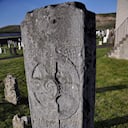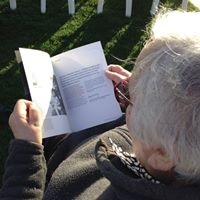In which country would you find the Haast River?
The Haast River flows into the Tasman Sea on the West Coast of the South Island of New Zealand, draining the western watershed of the Haast Pass.
It is 100 kilometres in length, and its' mouth is near the township of Haast.
The river's main tributary is the Landsborough River. The grassy flats on the lower reaches of the Haast River are grazed by cattle by the local farmers, and tourism operators offer thrilling jetboat tours on the river there.
The river often has glacial silt in suspension in the water from glaciers in the Southern Alps. The majority of the surrounding land is publicly owned & administered by the Department of Conservation. It is set within the Te Wahipounamu World Heritage site.
New Zealand's State Highway 6 follows virtually the complete length of the river, with a bridge near the coast, just after the turnoff to the Haast township. At 737 metres (2,418 ft) it is the longest one-lane road bridge in New Zealand, and the 7th longest New Zealand bridge overall.
The river is named after Julius von Haast, (1 May 1822–16 August 1887), who was a German geologist. He founded Canterbury Museum at Christchurch, New Zealand. His 'Geology of the Provinces of Canterbury & Westland, N.Z'., was published in 1879. He was elected fellow of the Royal Society in 1867, and was given a hereditary knighthood by the Emperor of Austria in 1875. He was awarded the Royal Geographical Society's Patron's Gold Medal in 1884 for his explorations in New Zealand.
More Info:
en.wikipedia.org











